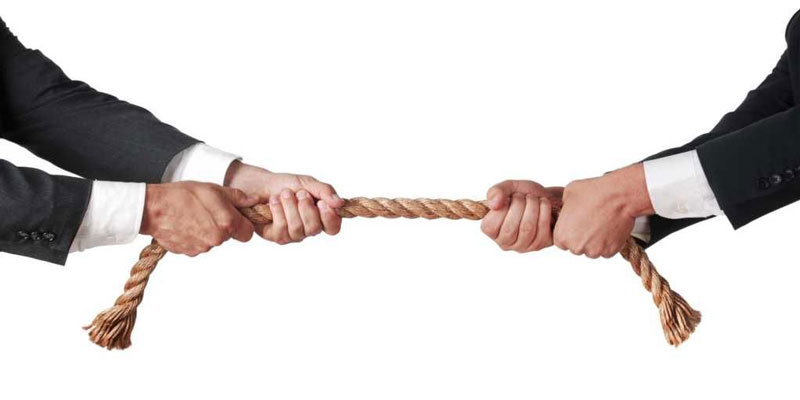The Federal Reserve, the United States central bank, ensures monetary and exchange rate stability. The Federal Reserve is provided with tools to adjust its broad monetary policies in line with the government's planned fiscal strategy.
Among these are the encouragement of economic and employment growth via implementing adjustments to the discount rate, disseminating information and data to the public, and managing and controlling the manufacture and distribution of the nation's currency. The capacity to raise or lower the discount rate is the central bank's most potent economic weapon. Changes in this crucial interest rate have far-reaching consequences for the fundamentals of macroeconomics, including consumer spending and debt.
Funds Held in Reserve and Overnight Lending
The Federal Reserve has established a minimum reserve requirement for banks that is now set at 0% as a precaution against the crisis expected in 2020. Before this increase, the rate had been at 10%. A bank taking in $1,000,000 in deposits would be required to set aside at least $100,000 in reserves, leaving $900,000 to be loaned out to borrowers or other banks.
Customers' regular payments, withdrawals, and deposits reduce or increase the bank's daily reserves. If there had been more withdrawals than deposits throughout the day, the bank might have ended the day with insufficient reserves. The remaining $50,000 would have had to be obtained as a short-term loan for one night.
Interest Rates Set By The Federal Reserve And The Discount Rate
The discount rate is the annual percentage rate (APY) applied to short-term borrowing from regional central banks by commercial banks and depository institutions. The discount rate is the interest rate at which financial institutions can obtain loans from the Federal Reserve.
Federally-lent money is typically utilized to meet the overnight liquidity needs of the borrowing financial institution. One way to think of the discount rate is the interest you'd pay to borrow money from the Federal Reserve.
Interest Rate Cuts
Depending on the goal of the Fed's action, changes to the fed funds rate or the discount rate can stimulate or cool the economy. The Federal Reserve can make borrowing cheaper for its member banks during an economic slowdown by lowering the discount rate.
If financial institutions can borrow money from the Federal Reserve at a reduced interest rate, they can pass those savings on to their consumers in the form of lower rates on the consumer, automotive, and real estate loans. While interest rates are still low, this fosters a climate supporting consumer borrowing, ultimately leading to higher consumer expenditure.
Increasing the Current Interest Rates
The Federal Reserve may raise interest rates if the economy expands at a rate that threatens hyperinflation. When banks in the system can't borrow funds from the central bank at a reasonable interest rate, they may be hesitant to extend credit to the general population until rates drop again. Cutting back on purchases directly results from raising the discount rate, which affects the interest rate consumers pay on credit products.
Although lending is not as attractive to banks or consumers when the discount rate increases, customers are more likely to obtain more attractive interest rates on low-risk savings vehicles when this plan is set in motion.
Have an Effect on Interest Rates
Mortgages, vehicle loans, and personal loans are not the type of loans over which a central bank has direct control over the interest rates. However, the central bank has some leeway to manipulate interest rates. When it comes to the policy rate at which commercial banks can borrow money from the central bank, for instance, the central bank holds all the cards.
Participate in Free-Market Trading
Central banks can influence the money supply by purchasing or selling government assets on the open market (OMO). When a central bank wants to raise the amount of money in circulation, it will buy government assets on the secondary market from commercial banks and other organizations. As a result, the bank can lend out a more significant proportion of its total assets. As part of an expansionary or softening monetary policy, central banks engage in this form of expenditure, which lowers the interest rate.
Summary
The Fed employs interest rates when regulating the economy as other central banks do. Increasing interest rates discourage borrowing and investment due to their negative impact on economic growth, whereas decreasing rates have the opposite effect. It stems from the Fed's decision on the overnight lending rate that banks must use to keep their needed cash reserves at a certain level.



